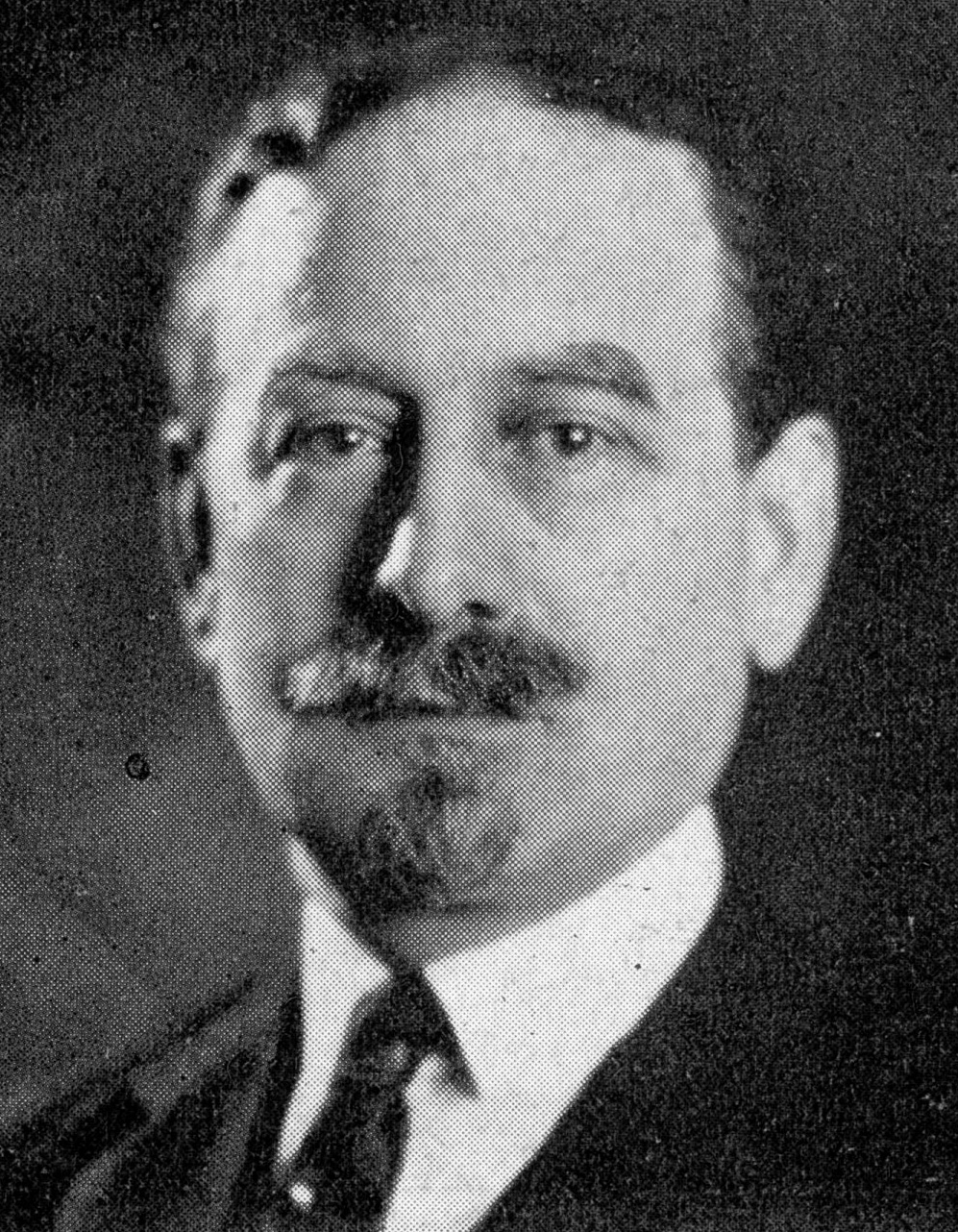Victor S. Frankenstein, MD, 1869-1955
By Emma Florio, Archives & Research Specialist
This biography was written as part of ongoing programming in conjunction with the National Library of Medicine’s traveling exhibition, Frankenstein: Penetrating the Secrets of Nature/Penetrando en los Secretos de la Naturaleza, now on display at Galter Library until November 15.
Since the publication of Mary Shelley’s novel Frankenstein in 1818, the name Victor Frankenstein has become synonymous with a mad scientist who plays God by attempting to create life. Scholars debate the origin of the character’s name; Shelley herself said it came to her in a dream. Perhaps she was inspired by a trip to Germany, where Frankenstein is a common place name. Whatever the origin of the fictional Victor Frankenstein, fifty years after he was created, another much more real Victor Frankenstein came into the world.
 |
|
Portrait of Frankenstein, ca. 1910. From History of Medicine...of Chicago, p. 511.
|
Victor Samuel Frankenstein was born on November 18, 1869, in Chicago, to German Jewish immigrant parents. Shortly after Victor’s birth the family moved to Duke Center, Pennsylvania, an oil boom town, presumably in search of economic opportunity. Within ten years, they had returned to Chicago, where Victor’s father Simon continued his work as a tailor. As a young man, Victor helped support his family doing odd jobs like selling newspapers, growing mint in the family garden to sell, and running errands for neighbors. In 1887, while a student at South Division High School (now Wendell Phillips Academy High School), Frankenstein met Irma Rosenthal, the younger sister of a friend. They would eventually marry in 1898 and have three children.
Frankenstein studied science at Northwestern University for a year before enrolling at Chicago Medical College (predecessor of the Feinberg School of Medicine) in 1892. He earned his MD in 1895 and then became one of the first interns at Michael Reese Hospital on the city’s south side. The following year, using money borrowed from his and his future wife’s uncles, he spent a year in Europe, doing postgraduate work in Vienna and Heidelberg, Germany—a common practice for physicians of the day.
Upon returning to Chicago, Frankenstein returned to Chicago Medical College as assistant demonstrator of anatomy, a role which typically included procuring and caring for materials for dissection.¹ After marrying Irma in 1898, the couple moved into their first apartment, which had the first telephone, electric lights, and hot running water of anyone that they knew—the telephone was crucial for Frankenstein's burgeoning medical practice. At first, his office was in downtown Chicago but in order to save money he moved it into his home. He built flower boxes on the house, considering the flowers he planted in them to be an advertisement for his office. In her diaries, Irma Frankenstein noted that her husband enjoyed gardening because he liked to understand how things grew.
Like many doctors at the time, Frankenstein’s practice grew by word of mouth. As his wife later noted, his gradually growing practice allowed him to upgrade his transportation. When he began, he visited patients on a bicycle, borrowed from his wife’s younger brother. Within five years, he was able to afford a horse and buggy. Aside from seeing patients in his home office or in their homes, he also was on staff as a physician and surgeon at multiple Chicago hospitals, including Cook County and Woodlawn. In his later years, he specialized in diseases of the aged.
Victor S. Frankenstein died at Woodlawn Hospital on June 15, 1955, at age 85, after a long illness. As his wife Irma wrote in a letter to their great-granddaughter, “[his] life was devoted to healing and to making a flower blossom where none had bloomed before”—a legacy quite unlike that of his fictional counterpart.
Footnotes
1. Earlier generations of anatomy demonstrators often had to rob graves to obtain bodies for dissection, but by the 1890s, recent laws had made more bodies available legally. Thus, Victor S. Frankenstein probably did not have to resort to grave robbing, unlike his fictional counterpart.
Selected References
History of Medicine and Surgery and Physicians and Surgeons of Chicago. Biographical Publishing Corporation: Chicago, 1922.
Steinberg, Ellen FitzSimmons. Irma: A Chicago Woman’s Story, 1871-1966. University of Iowa Press: Iowa City, 2004.
Updated: October 30, 2024